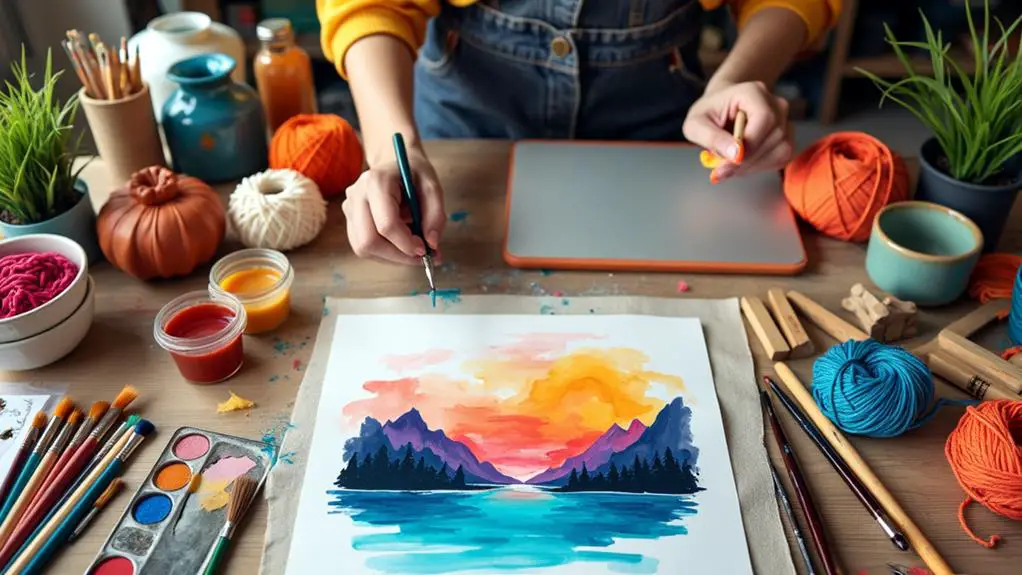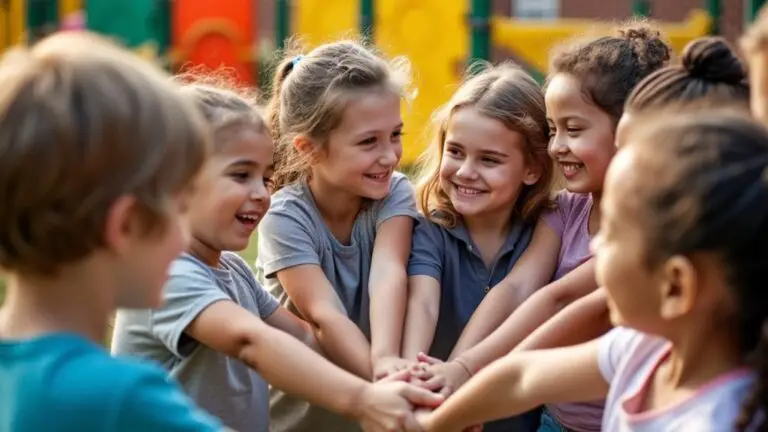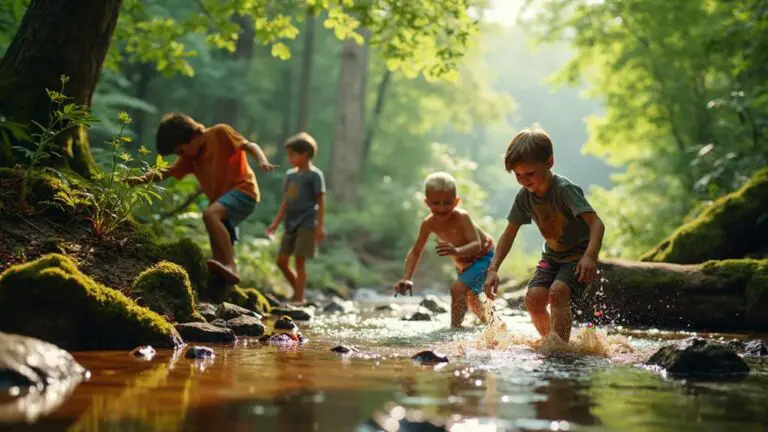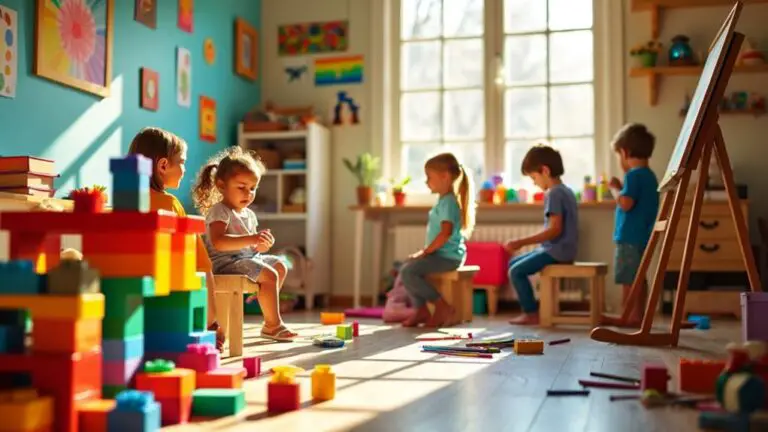Fostering Creativity Through Art
As an art educator, I've witnessed firsthand the transformative power of creativity in young minds. I've seen hesitant students blossom into confident artists, and I've observed how artistic expression can reveal potential in unexpected ways. But fostering creativity isn't just about providing art supplies and stepping back. It's a delicate balance of guidance and freedom, structure and spontaneity. In my experience, there are several key strategies that can make all the difference in nurturing creative growth. These approaches not only enhance artistic skills but also cultivate essential life skills. So, what are these strategies, and how can they be effectively implemented?
Key Takeaways
- Create a supportive, inspiring environment with diverse materials and natural light to stimulate creative thinking.
- Encourage spontaneous art explorations and promote a "no mistakes" philosophy to foster experimentation and risk-taking.
- Integrate creative play across subjects to enhance engagement and promote holistic learning experiences.
- Display student artwork to validate efforts, build confidence, and inspire further creative expression.
- Facilitate collaborative art projects to enrich artistic experiences, build community, and develop teamwork skills.
The Power of Artistic Expression
Out from the depths of our imagination, artistic expression emerges as a powerful force for personal growth and societal change. As I've witnessed firsthand, art provides a safe space for self-expression, allowing me to explore my emotions and identity.
It's not just about creating; it's about discovering who I am.
Through art, I've found a way to reduce anxiety and boost my self-esteem. It's amazing how creativity can transform my mental well-being.
But it's not just about me. Art fosters empathy and understanding, connecting me with diverse perspectives. As a student, I've seen how collaborative art projects enhance teamwork skills and creative problem solving.
These experiences are invaluable for my future in the workforce. Furthermore, I've noticed improvements in my academic performance, reinforcing the crucial role of artistic expression in education.
Creating an Inspirational Environment
To foster creativity through art, creating an inspirational environment is essential. I've found that engaging students in a space that prioritizes respect and caring is vital for creativity and self-expression.
As a teacher, I help by incorporating vibrant colors, diverse materials, and natural light to stimulate creative thinking. Displaying student artwork prominently is an important part of fostering creativity, as it validates their efforts and encourages risk-taking.
I maintain a clutter-free space to promote focus, allowing students to concentrate on creating art without distractions. In my art education approach, I emphasize that mistakes are valuable learning opportunities, which encourages experimentation and innovation.
Diverse Techniques for Creative Growth

Through diverse techniques, we can nurture creative growth in art education. I've found that encouraging spontaneous art explorations for at least 80% of activities allows students to engage in the creative process without pressure.
By establishing an accessible art center with various materials, I've seen how students learn through independent experimentation. I've also integrated creative play across subjects, using music and movement to inspire art projects, enhancing engagement and holistic learning experiences.
Promoting a "no mistakes" philosophy has encouraged students to embrace experimentation and view errors as part of their journey. I've witnessed the Power of Art in fostering creativity through collaborative projects, which enrich artistic experiences and build community.
These diverse techniques provide students with creative experiences that cultivate their artistic growth and expression.
Embracing Mistakes and Experimentation
Embracing mistakes and experimentation is essential for fostering creativity in art education.
I've found that when students are encouraged to take risks and view errors as opportunities, their resilience grows, and they become more innovative in their approach to problem-solving.
By creating an environment that values experimentation, I've witnessed higher levels of creativity emerge among my students.
The "no mistakes" philosophy in art-making has proven to be a powerful tool for developing unique artistic expressions and personal voices.
I've observed that mistakes often lead to valuable learning experiences and stimulate critical thinking as students reflect on their creative choices.
Conclusion
I've seen firsthand how art can reveal a child's creative potential. By providing a nurturing environment, diverse materials, and encouragement to explore, we're giving students the tools to express themselves freely. I believe that embracing mistakes and fostering collaboration are key to building confidence and innovative thinking. As we continue to prioritize creativity in education, we're not just developing artists – we're cultivating problem-solvers, risk-takers, and future leaders who'll shape our world.







